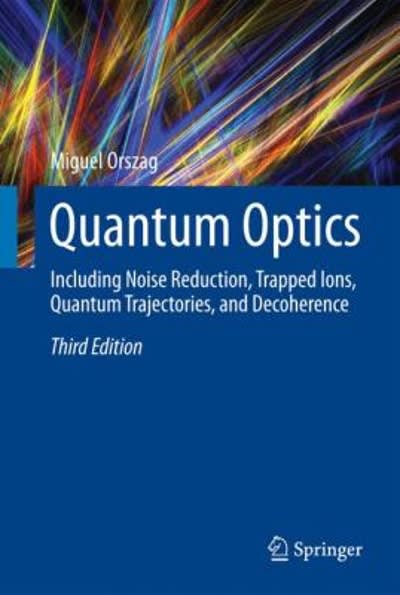I need help with all of these questions. I have a test tomorrow. please help!!
e the acceleration. 19. A box of mass 5.0 kg is pulled vertically upward by a force of 68 / applied to a rope attached to the box. a) What is the rate of acceleration of the box? 68 5 - 13.6 b) What is the vertical velocity of the box after 2.0 s of motion? 20. You pull upward on a box with 150 N. The box has a mass of 20 kg. a) Draw the free body diagram? b) What is the acceleration of the box? 150 = 20 = 7.5mrs? c) Where is the box going? And Why? Friction and Air Resistance 21. Why are the forces of friction and air resistance always considered to be negative forces? acceleration? 22. A downhill speed skier hits terminal velocity due to air resistance at 190 mph (306 m/s). What is the skier's 23. A 90 kg skydiver has reached terminal velocity. What is the air resistance acting on the skydiver? Problems: Friction and Air Resistance (If either force is not mentioned in the problem, then ignore it.) 24. A hockey puck of mass 0.50 kg traveling at 10 m/s slows to 2.0 m/'s over a distance of 80 m. a) Draw the free body diagram. b) What is the magnitude of the frictional force acting on the puck? ) What is the coefficient of kinetic friction between the puck and the surface? 25. A car designer wants to make a new model capable of accelerating from rest to 100 km/h (27.78 m/s) in 8.0 seconds. The mass of the car is targeted to be 1000 kg. Ignore air resistance and friction for now. Draw a FBD labeling all forces b) What force must the engine develop to attain the desired acceleration? c) Draw a new FBD showing the car above, but this time including air resistance (ignore the friction of the engine and drive train). Assume it is running on a flat surface and is accelerating. d) Draw the FBD for this same car if it were running at a higher speed, than in part (c) above, and at a constant velocity as opposed to accelerating (ignore friction as above). A car's engine develops a force at the tire / pavement interface of 4500 N. The car has a mass of 1000 kg. a) Draw the free body diagram. b) How fast is the car going at the end of 5.0 s? ) How far has it traveled during these 5.0 s? driver moves his foot from the gas to the brake. The car begins to slow by skidding. d) Draw the free body diagram. e) The coefficient of friction is 0.40. What is the deceleration of the car? f) How long will it take to stop from the top speed reached in part b? ) How far will the car travel before coming to a stop







